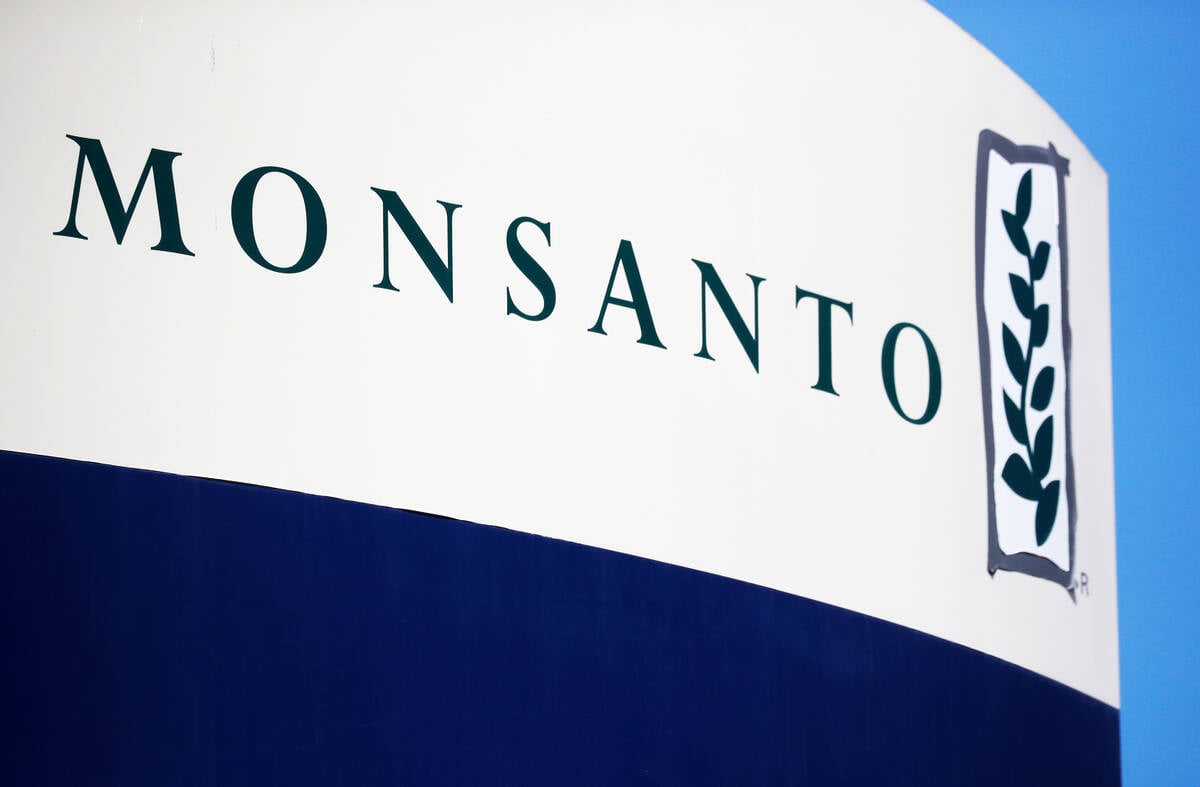At a time when governments are dealing with ballooning deficits, the Canadian Grain Commission is dealing with the opposite — a whopping surplus.
As that surplus was accumulated on the basis of service fees, which are ultimately paid by farmers, many will consider that a problem.
But there are a few things to consider before you pick up the phone or dash off an angry email.
User fees rose about 44 per cent when the federal agency moved to cost recovery in 2013. There is no doubt the transition was a shock to a system that had not seen any increases in 22 years. Up until then, the CGC was largely financed by the federal government.
Read Also

Roundup retraction makes public trust ripples
A foundational study on glyphosate safety was recently retracted, while Roundup maker Bayer has already said it may ditch the key agricultural herbicide after lawsuits piled up.
Now, the federal government contributes $5 million to the CGC’s Grain Research Laboratory. The rest of its $60-million annual operating budget comes from user fees for services such as outward official weighing and grain inspection and licensing grain elevators.
The CGC has since accumulated a $63.3-million surplus as of the fiscal year ending March 31, 2015. The number for the fiscal year just ended hasn’t been released. It’s probably higher.
It is an embarrassment of riches to be sure, but this should not be construed as a cash grab.
The CGC based its per-tonne fees on historical average exports of 23.3 million tonnes from 1993-94 to 2009-10. Farmers pulled in a record crop in 2013 that was a full one-third higher than the average. That’s been followed by two bumper crops in succession.
As the Canadian dollar has fallen relative to the U.S. currency, wheat exports from this country have soared, even surpassing those of the U.S.
In hindsight, it seems silly no one really saw that burst in productivity coming. It was novel convergence of genetic innovations, improvements in agronomic management and co-operative weather. Three years later, that novelty is starting to appear normal.
The surplus accrued by the CGC during that three-year period has prompted a review of its fee structure, as it should. The good news is the surplus was accumulated during a period of record farm incomes.
The review is likely to result in fees being assessed over a larger volume of grain, which should lower the average per-tonne fees. This comes at a time when prices are lower and farm incomes are more pressured.
This is far better than the opposite scenario. Had the CGC overestimated the tonnage and wound up with a deficit, it would have required another boost in fees when farmers were less able to pay.
Of course, there is continued debate in the agricultural community whether farmers should be carrying the full cost of CGC export inspection services or whether those should be treated as a public good.
We have a hunch that any ‘debate’ on that front will be one sided given the federal government’s struggle with deficits. The industry has demonstrated it’s perfectly capable of carrying the load.















